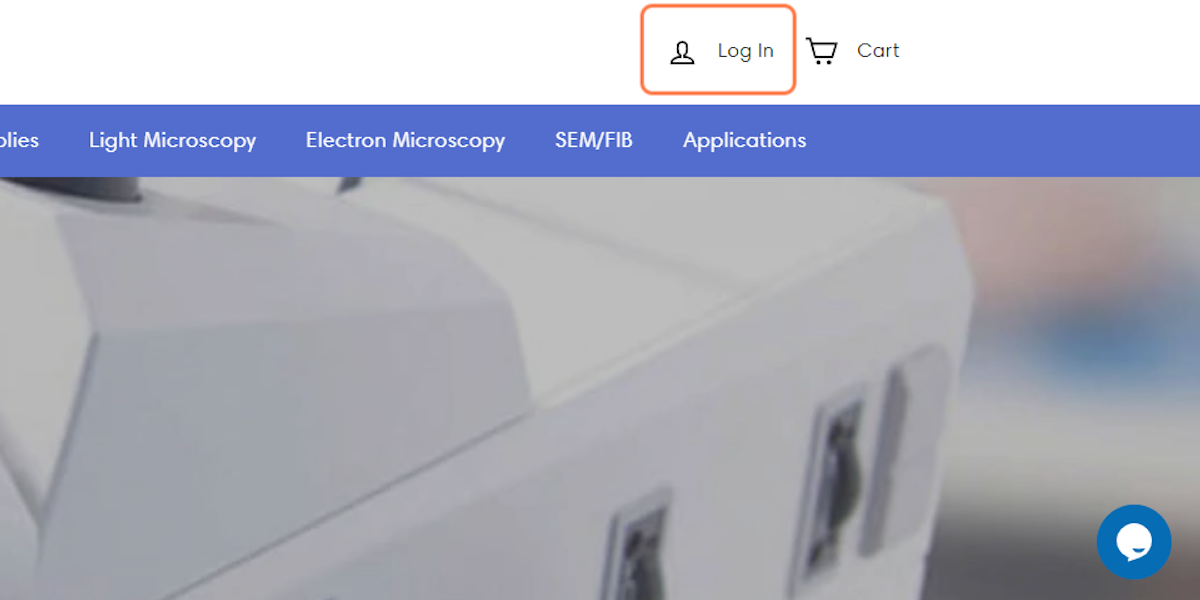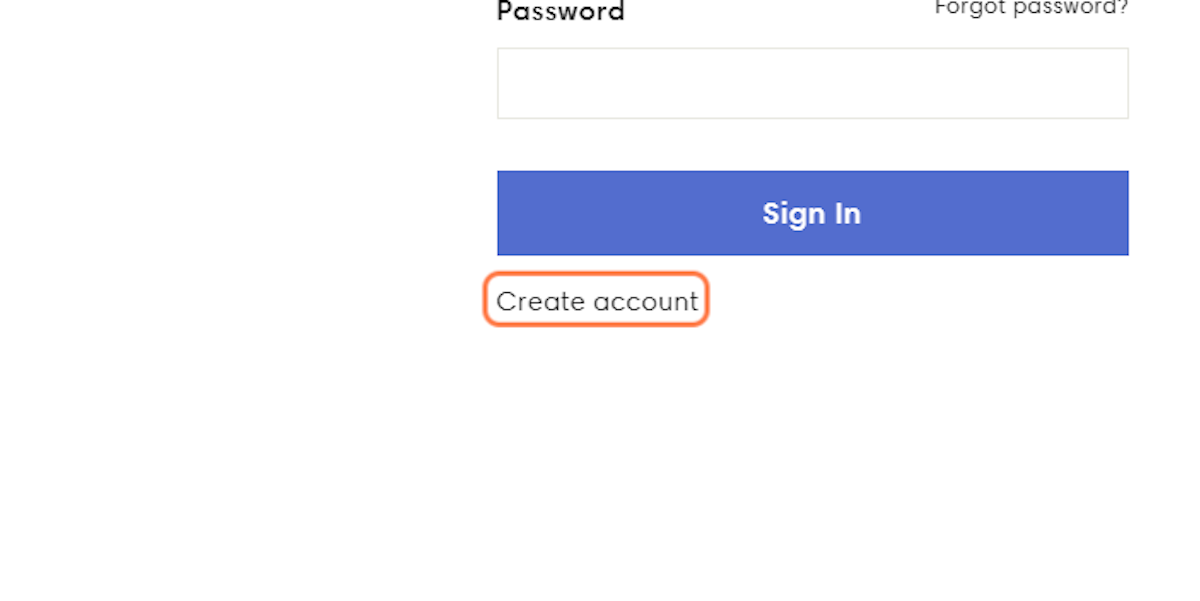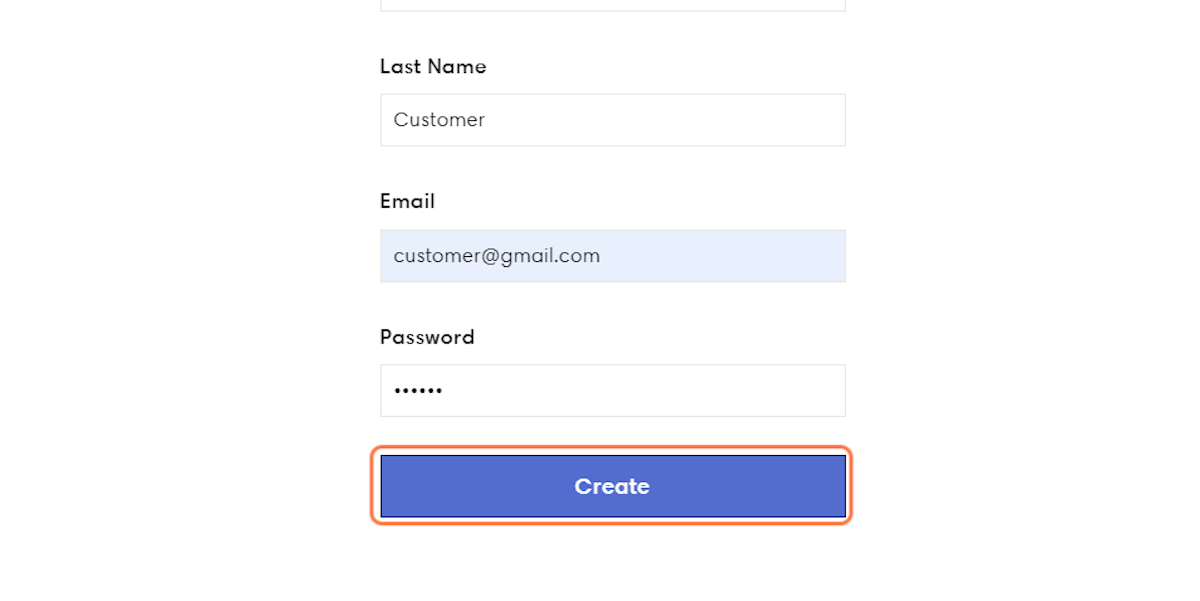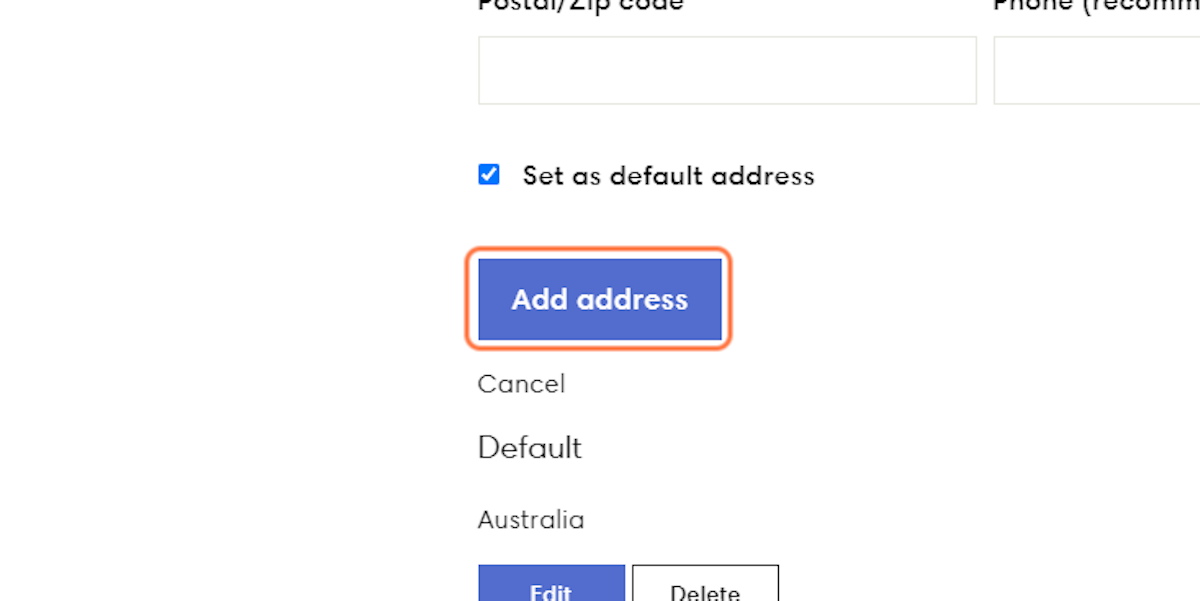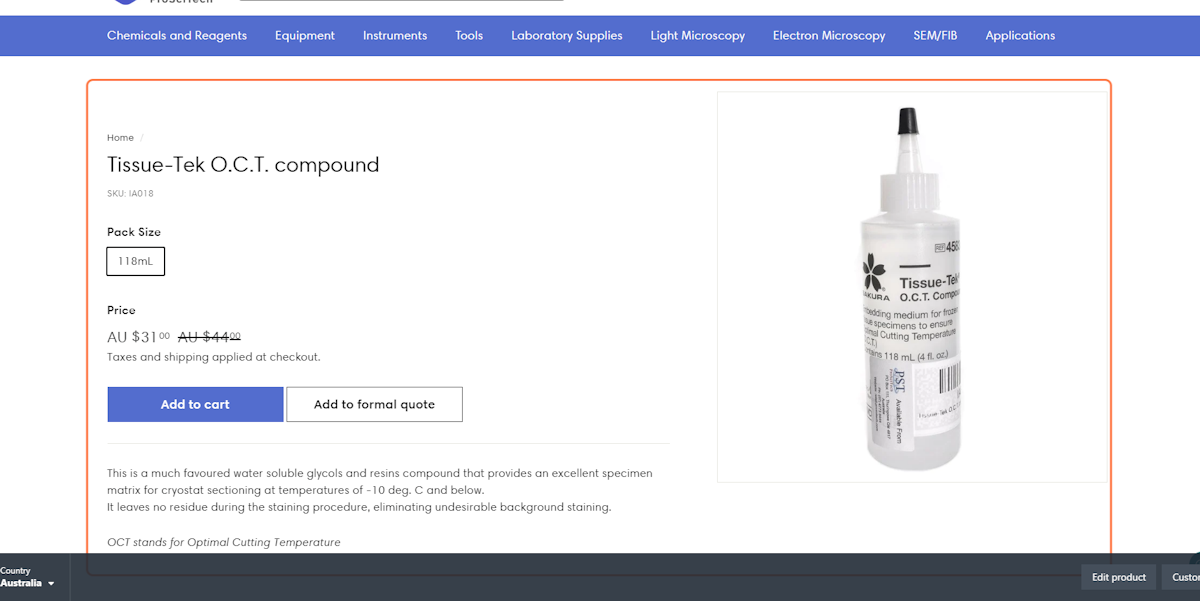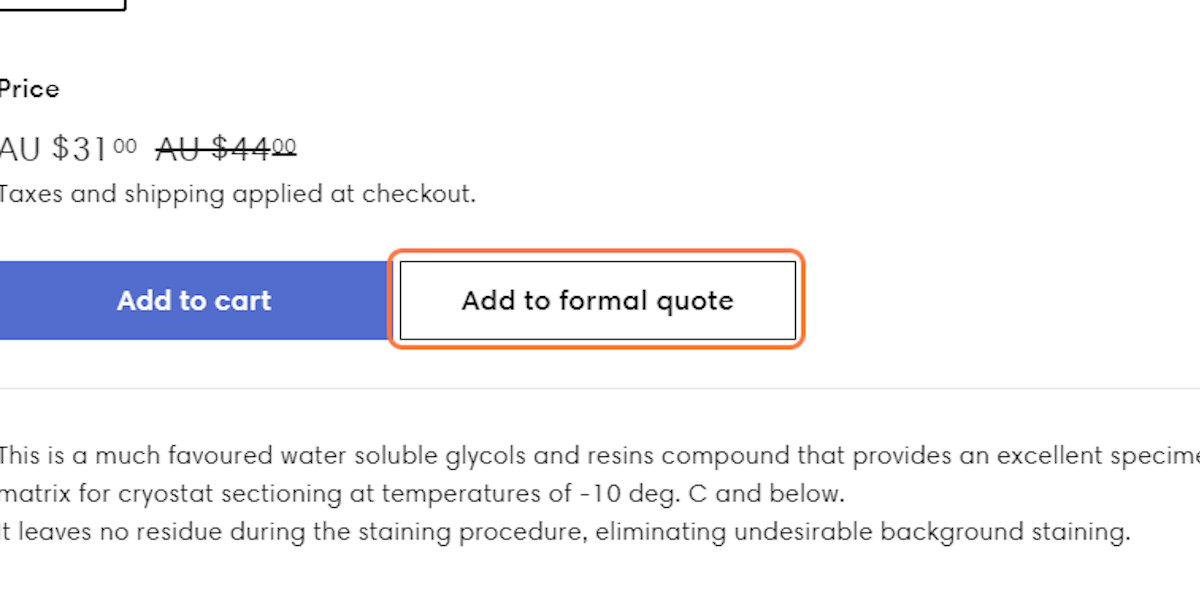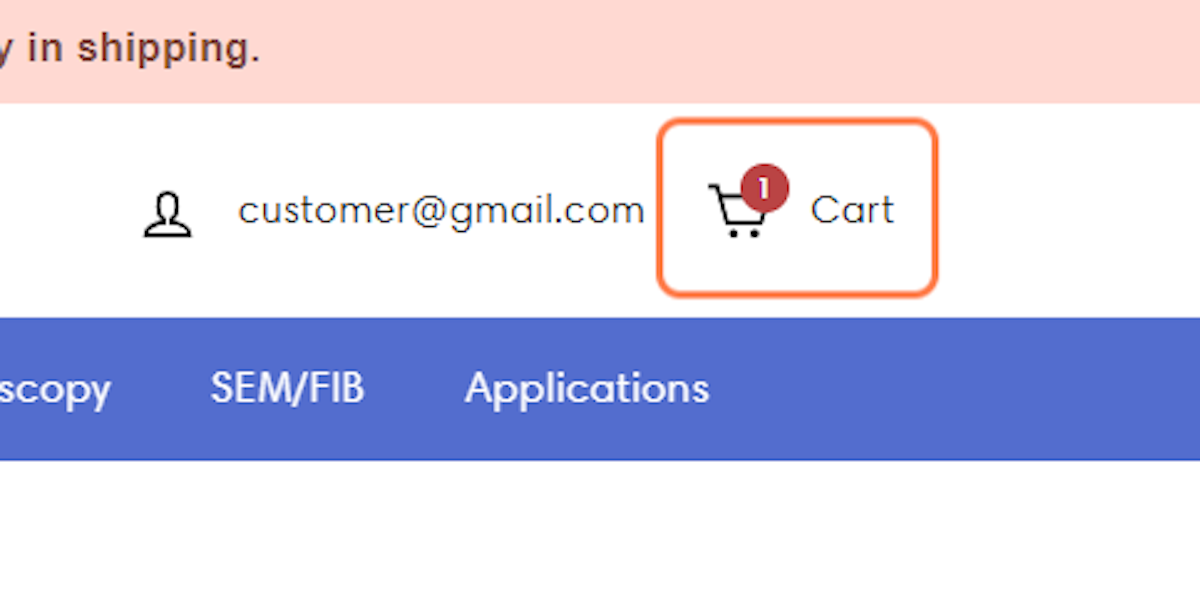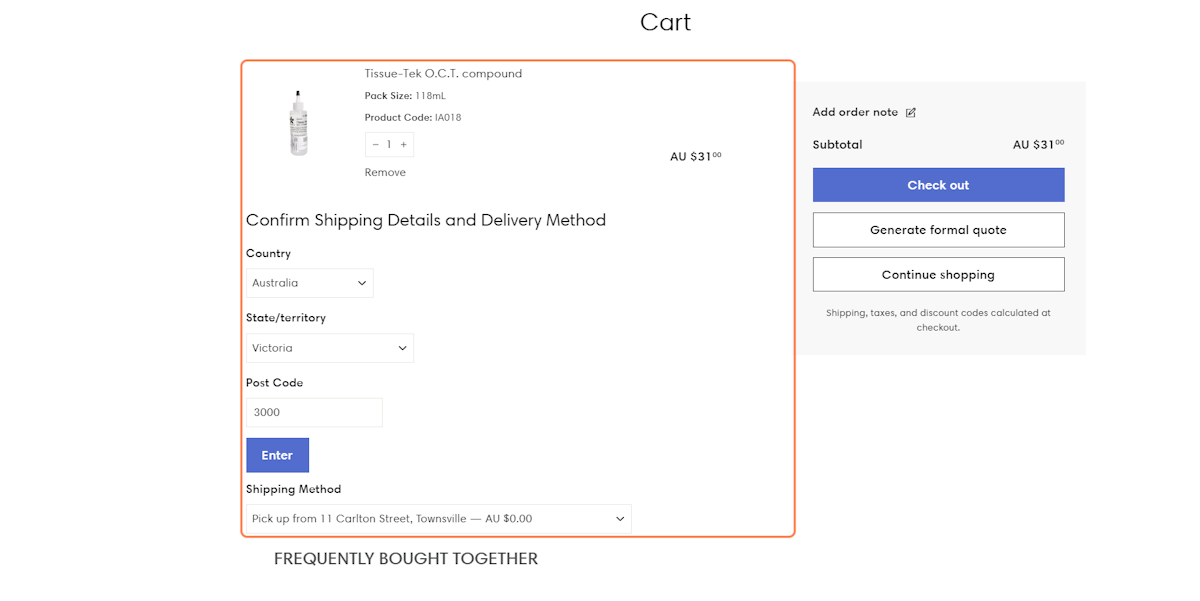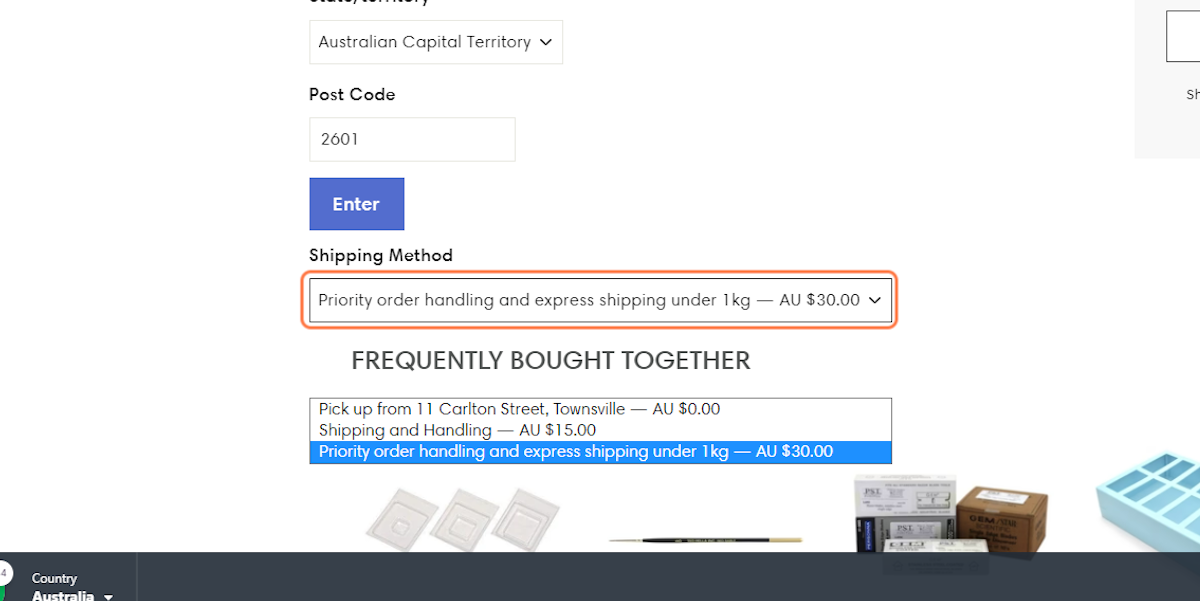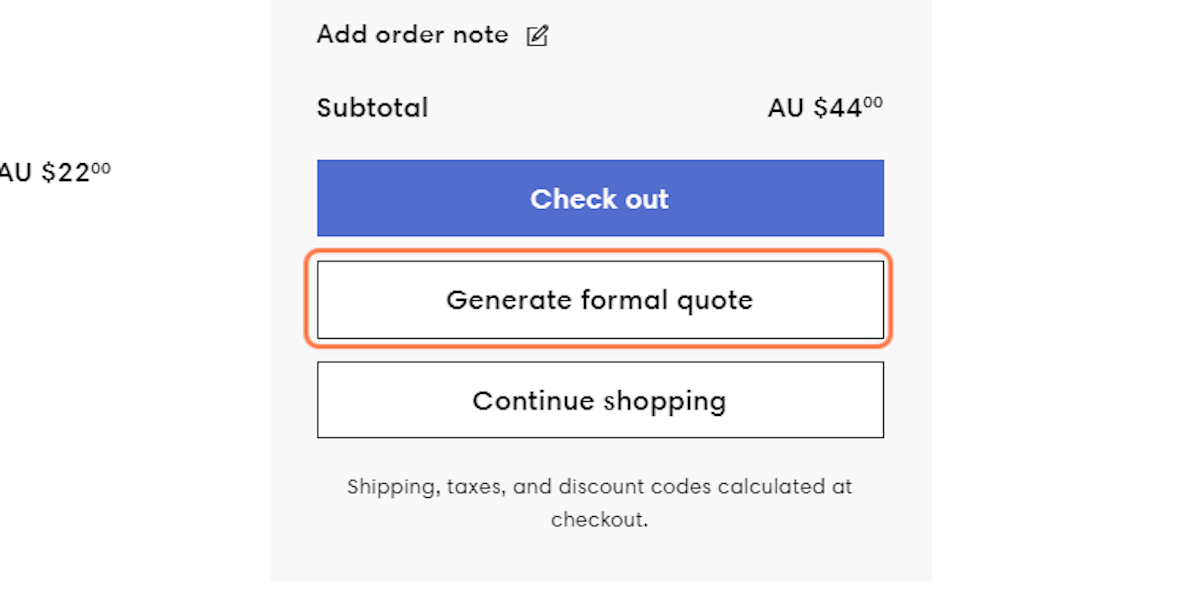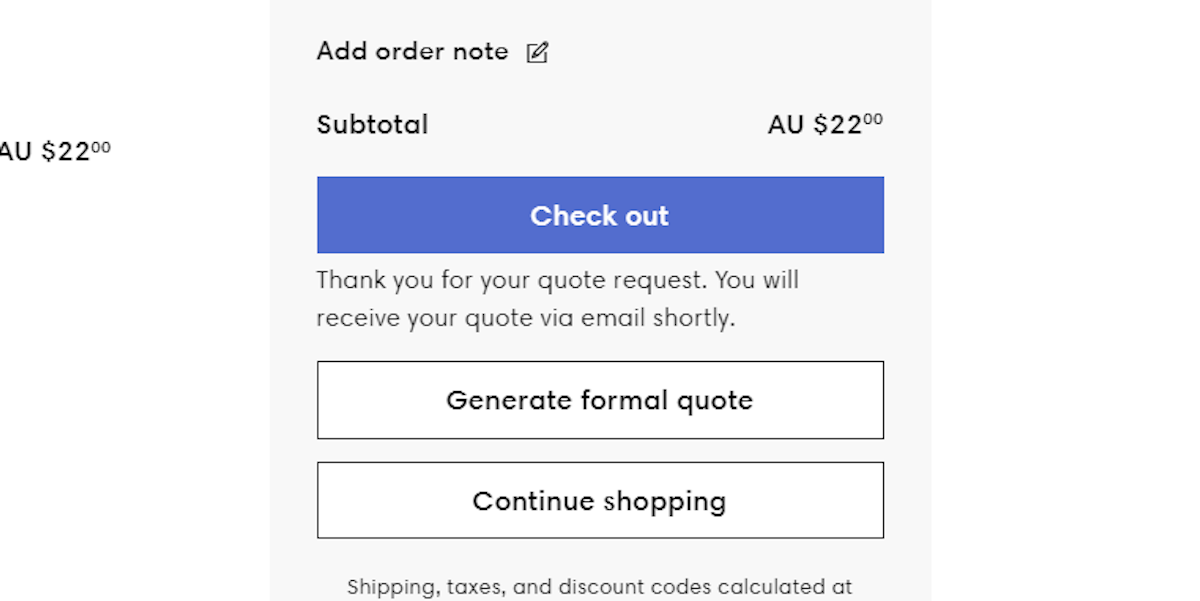MAC auger spectroscopy standard blocks
MAC auger spectroscopy standard blocks
⚠️ Pricing Notice – Subject to Tariff Volatility
This product is affected by recent U.S. import tariffs under the “Reciprocal Tariff Policy.” Learn more via the banner at the top of the page. Prices will change in May 2025, with further increases expected from July. Pricing may change without notice.
Micro-Analysis Consultants Ltd. has developed multi-element blocks of reference materials suitable for the compilation of a reference library of Auger sensitivity factors when used with Auger Electron Spectroscopy (AES)
There are approximately 180 high purity single element and compound reference materials from which to choose. Most of them are synthetic materials obtained from many sources worldwide together with 31 natural minerals that are suitable for geological investigations. There are also 56 standards to choose from in the MBH/NIST/BAS-EURO section of the materials selection. The reference materials each have an exposed area about 2mm2.
Each block of reference materials is made from AISI 304 grade austenitic stainless steel, set with elements and compounds of your choice and polished to a ¼ micron diamond finish. All blocks are supplied with certificates of analysis and a map showing the locations of the reference materials.
A Faraday Cup, for the accurate measurement of specimen current, is available as an optional extra on all reference blocks.
Available:
| Code | Description | Standards |
|---|---|---|
| EMS80095-05 | Block of 5 standards | Blocks of 25mm or 32mm diameter available. |
| EMS80095-10 | Block of 10 standards | |
| EMS80095-15 | Block of 15 standards | |
| EMS80095-20 | Block of 20 standards | |
| EMS80095-25 | Block of 25 standards | |
| EMS80095-30 | Block of 30 standards | |
| EMS80095-35 | Block of 35 standards | |
| EMS80095-40 | Block of 40 standards | |
| EMS80095-45 | Block of 45 standards | |
| EMS80095-50 | Block of 50 standards |
Compounds, pure metal, NBS, or BAS Standards: Technical Data
NOTE:
Please supply the following information when ordering:
- Make and model of instrument in which the reference materials are to be used.
- Specify quantity and reference materials required.
- Dimensions of the block (with drawing is preferred).
- Whether a Faraday Cup is required.
- Any limitation of the X and Y movements of the stage.
The design of the reference blocks for AES is based upon that used for the production of our already established range of electron probe x-ray microanalysis (EPMA) standards blocks. For surface analysis in ultra-high vacuum (UHV) environments, the design of the AES blocks has three significant differences over the EPMA blocks:
- For EPMA. the reference standards are set into drilled brass blocks. However, for UHV work, the brass would outgas, so non-magnetic stainless steel is used for the AES reference blocks.
- There is no coating of electrically conductive carbon on the AES blocks. For EPMA work, this coating is needed to neutralise any electron beam induced charge.
- EPMA standards are mounted using epoxy resin, which would rapidly out gas under UHV conditions. The AES reference blocks are set with Wood's Fusible Metal. This is an alloy of bismuth, lead, tin and cadmium.
Wood's Metal, being electrically conductive, also serves as an electrical connection between the reference material and the stainless steel block thereby dissipating any electrical charge. However, some of the reference materials are electrical insulators, so these must be charge neutralised using a high specimen tilt angle or a lower primary beam accelerating potential.
WARNING
The block of reference materials should not be baked prior to analysis. Wood's Metal melts at about 70°C and also, because of its high vapour pressure, cadmium vapour would be liberated into the specimen chamber.




